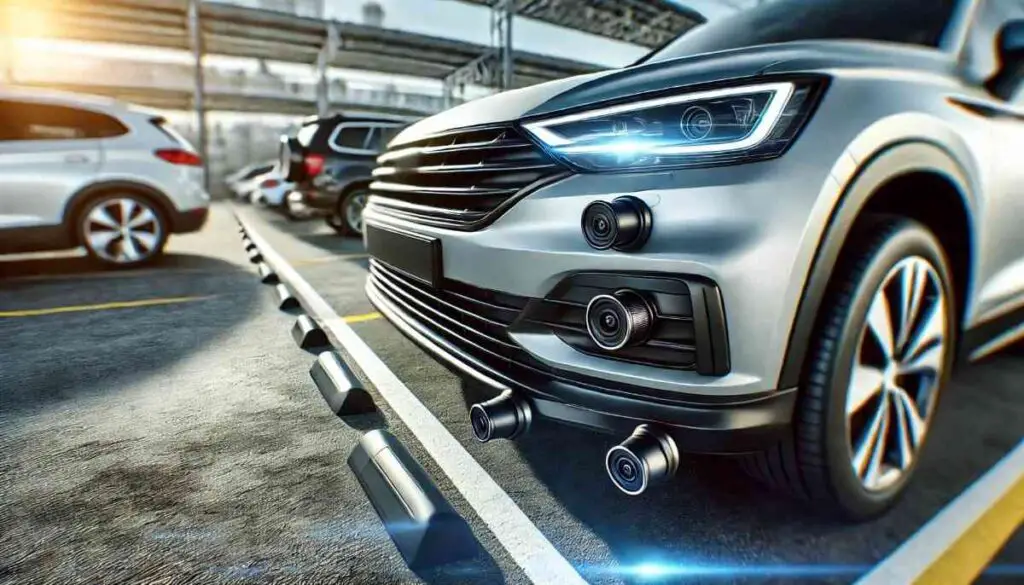Your car is more than just transportation—it’s a long-term investment in convenience, safety, and mobility. To protect that investment, regular car maintenance is key. Proper upkeep not only improves performance and fuel efficiency but also extends the life of your vehicle and maintains its resale value. Neglecting maintenance may save money in the short term, but it often leads to costly repairs and breakdowns later.
In this guide, we’ll explore essential maintenance practices, costs, schedules, environmental benefits, and expert tips to help your car last longer and perform better.
Understanding Car Maintenance
Regular maintenance means following a routine of inspections, replacements, and adjustments to keep your car in good working order.
-
Preventive Care: Stops small issues from turning into major failures.
-
Reactive Care: Fixing things only after they break, which is often more expensive.
Preventive maintenance is the smarter and more affordable choice.
Oil Changes – The Lifeblood of Your Engine
Oil lubricates the engine, reduces wear, and prevents overheating. Skipping oil changes can cause engine sludge and eventual failure.
-
Recommended Frequency: Every 5,000–7,500 miles (consult your car manual).
-
Cost: $40–$100, depending on oil type and service provider.
Checking and Replacing Air Filters
Air filters keep dirt out of your engine and improve efficiency.
-
Signs It Needs Replacing: Decreased mileage, sluggish acceleration, or a visibly dirty filter.
-
Schedule: Every 12,000–15,000 miles or once yearly.
-
Cost: $20–$50.
Tire Care and Rotation
Your tires directly affect fuel efficiency, handling, and safety.
-
Tire Pressure: Check monthly.
-
Rotation: Every 6,000–8,000 miles for even wear.
-
Wheel Alignment: When steering feels off or tires wear unevenly.
-
Cost: $20–$100 per service.
Brake System Maintenance
Brakes are your car’s most critical safety feature.
-
Warning Signs: Grinding sounds, squeaks, vibration, or longer stopping distances.
-
Schedule: Inspection every 10,000–15,000 miles.
-
Cost: Brake pad replacement costs $150–$300 per axle.
Battery Checks and Replacement
A weak battery leaves you stranded at the worst times.
Consider getting a free car battery check to avoid sudden breakdowns
-
Check: Twice yearly.
-
Replace: Every 3–5 years.
-
Cost: $100–$250, depending on the type.
- Some retailers even provide free car battery installation when you purchase a new one
Fluid Levels and Top-Ups
Fluids are vital for smooth performance. Check regularly:
-
Coolant – Prevents overheating.
-
Brake Fluid – Ensures strong braking.
-
Transmission Fluid – Smooth gear shifting.
-
Windshield Washer Fluid – Clear visibility.
-
Cost: $10–$150 depending on fluid type.
Transmission and Gearbox Care
The transmission is one of the most expensive components to replace.
-
Service Interval: Fluid change every 30,000–60,000 miles.
-
Cost: $150–$300 for fluid service; $3,000+ for full replacement if neglected.
Suspension and Steering System Maintenance
This system affects comfort and stability.
-
Warning Signs: Uneven tire wear, drifting, clunking sounds.
-
Inspection: During routine servicing.
-
Cost: $200–$1,000 depending on repairs.
Lights and Electrical System
Lights ensure visibility and road safety.
-
Check: Every few weeks.
-
Replace: Immediately if burnt out.
-
Cost: $10–$50 for bulbs; $100+ for advanced headlights.
Exhaust System Check
A faulty exhaust affects performance and emissions.
-
Signs: Excessive smoke, rattling, foul odors.
-
Inspection: Annually.
-
Cost: $100–$600 depending on repairs.
Seasonal Car Maintenance
Different weather requires different care:
-
Winter: Check antifreeze, battery, wipers, and tire tread.
-
Summer: Inspect coolant, AC system, and tire pressure (heat expands air).
Cleaning and Detailing
Regular washing and waxing protect the paint, while interior cleaning prevents wear. Rust prevention treatments are especially important in humid or snowy regions.
Professional vs. DIY Maintenance
-
DIY Tasks: Tire pressure, oil checks, topping fluids, replacing wipers.
-
Professional Tasks: Brake replacements, transmission service, suspension repair.
Doing what you can at home saves money, but complex tasks require skilled mechanics.
Car Maintenance Schedule (Checklist by Mileage)
| Mileage (Approx.) | Service Tasks |
|---|---|
| Every 5,000 miles | Oil & filter change, tire rotation, check brakes, fluid levels |
| 10,000–15,000 miles | Replace air filter, inspect battery, wheel alignment |
| 30,000 miles | Replace cabin air filter, inspect transmission fluid, brake pads |
| 50,000 miles | Replace brake fluid, inspect suspension, coolant top-up |
| 60,000 miles | Transmission service, replace spark plugs, belts check |
| 100,000 miles | Replace timing belt (if applicable), water pump check |
- Link to AAA Car Maintenance Guide
Cost Savings Through Preventive Maintenance
-
Spending $500/year on maintenance can save $2,000–$5,000 in major repairs.
-
Regular upkeep improves fuel efficiency by up to 10–15%.
-
A well-maintained car avoids emergency breakdowns and towing fees.
Impact of Driving Habits
-
City Driving: More wear on brakes and tires due to stop-and-go traffic.
-
Highway Driving: Gentler on brakes but harder on tires.
-
Aggressive Driving: Causes faster wear on engine, brakes, and suspension.
Technology in Modern Car Maintenance
-
OBD-II Scanners: Plug-in devices detect error codes.
-
Maintenance Apps: Track service schedules and send reminders.
-
EV & Hybrid Maintenance: Battery diagnostics and software updates are crucial.
-
Check out our guide on electric car maintenance for EV-specific care tips
Environmental Benefits of Regular Maintenance
-
Cleaner emissions reduce air pollution.
-
Proper tire pressure reduces fuel consumption.
-
Recycling fluids and batteries prevents environmental hazards.
- Link to EPA – Green Vehicle Guide
Warranty and Insurance Implications
Skipping scheduled maintenance may void warranties. Some insurance providers also check service history during claims. Keeping records protects both your warranty and your wallet.
Emergency Maintenance Tips
Carry an emergency kit with:
-
Jumper cables
-
Tire inflator or spare tire
-
Coolant and basic tools
These essentials can save you in roadside emergencies.
Resale Value and Longevity
Well-documented maintenance history can increase your car’s resale price by 10–20%. Buyers trust cars with records of oil changes, brake services, and regular inspections.
Common Myths About Car Maintenance
-
❌ “Only dealerships can service my car.” – Independent shops often provide excellent and cheaper care.
-
❌ “Brake fluid never needs changing.” – It absorbs moisture and loses efficiency.
-
❌ “Synthetic oil lasts forever.” – It lasts longer, but still requires changes.
Conclusion
Regular car maintenance isn’t an expense—it’s an investment. By following a preventive schedule, checking fluids, rotating tires, and keeping your car clean, you extend its life, ensure safety, and save thousands in future repairs. A well-maintained car performs better, consumes less fuel, and rewards you with peace of mind on every drive.
FAQs
1. How often should I take my car for service?
Every 6 months or 5,000–7,500 miles, whichever comes first.
2. Can proper maintenance really extend my car’s life?
Yes. Cars with consistent maintenance often last well beyond 200,000 miles.
3. Does maintenance improve fuel economy?
Absolutely. Proper tire inflation, clean filters, and oil changes improve mileage.
4. What’s the average yearly maintenance cost?
On average, $500–$800/year, depending on vehicle type and usage.
5. What’s the single most important maintenance task?
Oil changes—they directly affect engine life and performance.







